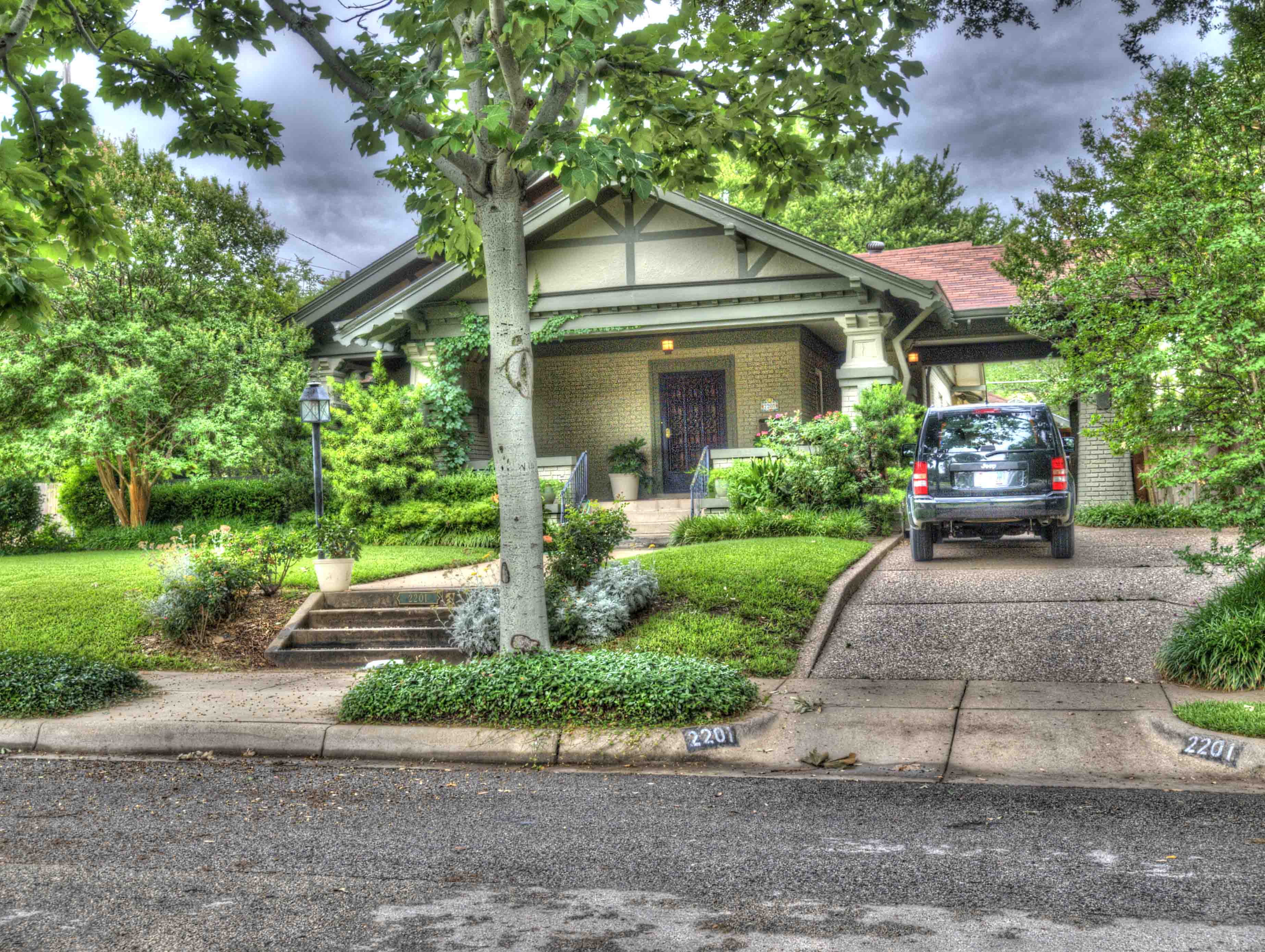Wiley G. Clarkson, Architect
Corsicana:
June 1908 to Dec. 1911
Fort Worth:
Jan. 1912 to May
5, 1952
Return to
Projects Menu
Houses and Housing in Various Locations
in
Fort Worth
Ripley Arnold
and Butler Place Housing Project's
1938 - 1940
1947 Professional Record
This photo is an aerial photograph shows the Ripley Arnold project. Clarkson was the Chief Architect with five associate architects: Whithers, Geren, Pelich, Crane, and Hedrick. The Fort Worth Chamber of Commerce has this information about the project:
"Fort Worth’s first public housing development, completed in 1940, was named to honor Major Ripley Arnold, commanding officer of the Fort on the Bluff overlooking the Trinity River that became Fort Worth (1849). Six local architects designed the apartments in 1938 to provide affordable housing for low-income white tenants. Butler Place, several blocks east, was built at the same time for African-American residents. Funding for the 252 modernistic brick and concrete dwellings came from the United States Housing Authority and the sale of City of Fort Worth Housing Authority bonds. Twenty-eight new homes were added in 1962. Units were racially integrated in the 1960s and air conditioning was added in 1996. Ripley Arnold Place was sold in 2001; its proceeds provided seed money for mixed income developments in neighborhoods throughout the city. This new housing created better environments for residents and their families."
The Ripley Arnold Housing project has now been demolished. The Butler Place Project is still in use and was listed on the National Register of Historic Places in 2011.
From the National Register:
“The Butler Place Public Housing Project was one of fifty-two Public Works Administration low-income housing projects built in the United States. The complex is significant for the manner in which its architectural design and site organization expressed the social ideals and planning standards of the period, in compliance with strict federal Public Housing Administration guidelines…Modernist design principles stressed form and function, rejected superfluous ornamentation, and incorporated a philosophy of social change. Consequently, these principles were employed in some of the first federally funded public housing projects such as the Carl Mackley Houses in Philadelphia in 1935, and Cedar Springs Place in Dallas, which was constructed in 1937. Wiley G. Clarkson and associate architects also applied these modernist ideals at the Butler Place and Ripley Arnold housing projects in Fort Worth in1939. Their organization to provide an open atmosphere of light and air also found inspiration in the Garden City Movement. According to Judith Johnson’s The Art of Architecture: Modernism in Memphis 1890–1980, these design principles were based upon the theory that a housing project is not merely a collection of dwelling units, but that it provides the basis for a way of life for its inhabitants within the planned framework of a neighborhood…
At Butler Place, the brick veneer buildings were designed in a stripped or minimalist adaptation of the Colonial Revival style, which was popular for domestic architecture in the United States in the early twentieth century.”
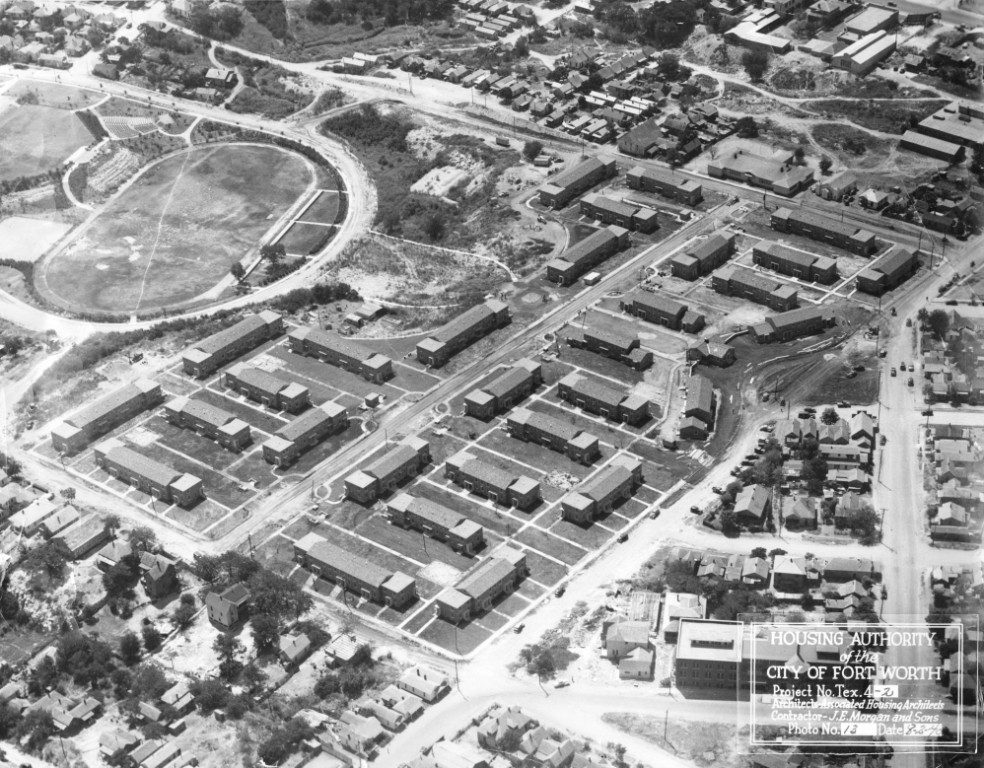
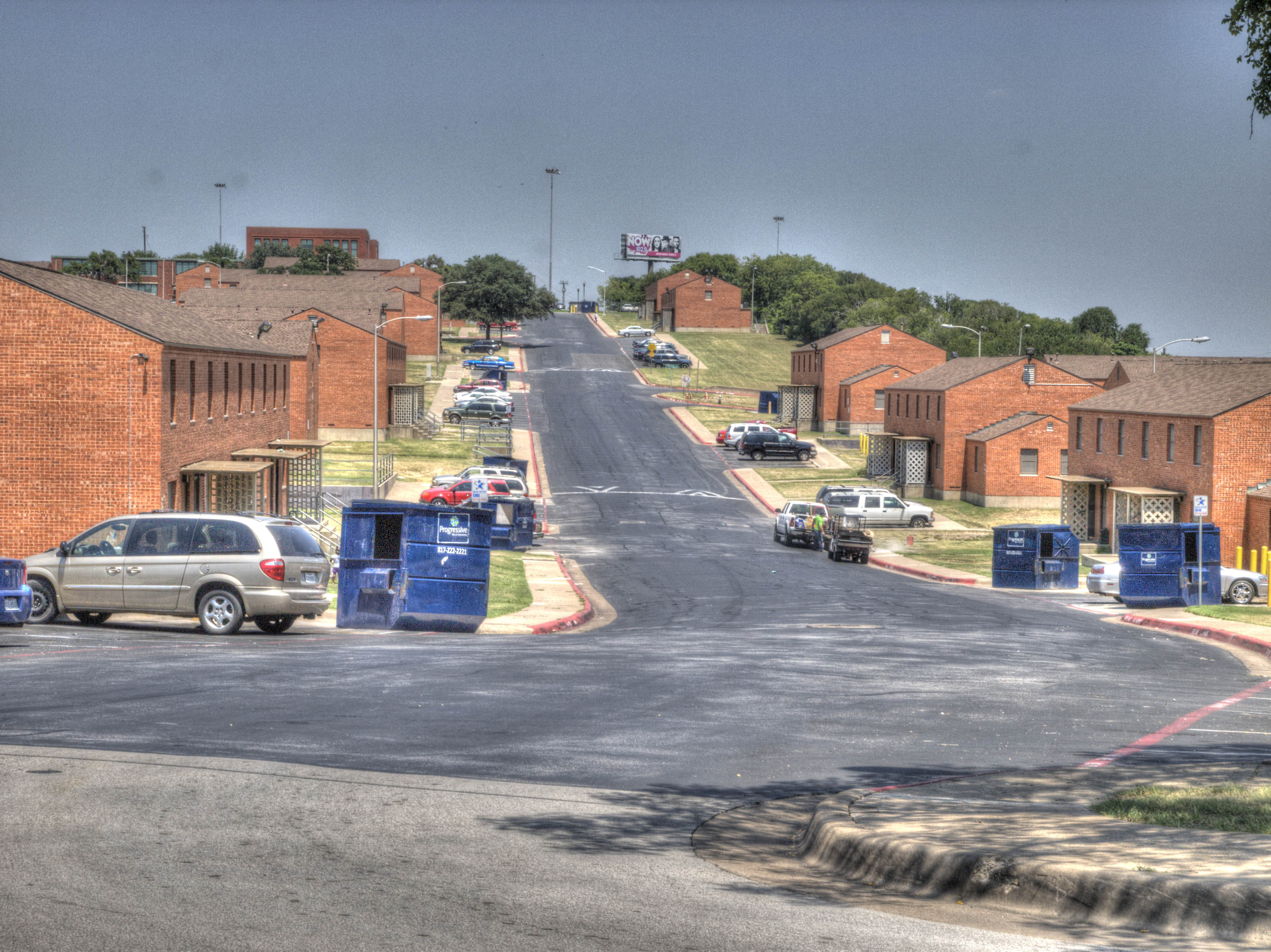
Chase Court
3 Chase Court (drawer 2 #133)
Designed for Dr. Clay Johnson,
my grandmother's uncle.
Design and construction was completed in 1912,
after my grandfather joined the firm of Waller and Field. Dr. Johnson was
the uncle of Clarkson's wife, Mary Kate Johnson Clarkson, and helped him
obtain his job with Waller and Field in early 1912.
The owners of this house have the blueprints and linen
drawings, which is quite a rarity. The architecture is
in the Prairie School style. Clarkson
referred to this house in a couple of letters to
potential clients and contractors over a period of 20 years. He was probably a designer for Waller and Field on this
project at the request of Dr. Johnson. He designed a similar house with a different
roof line, on Elizabeth Blvd for cattleman the A. J. Long.
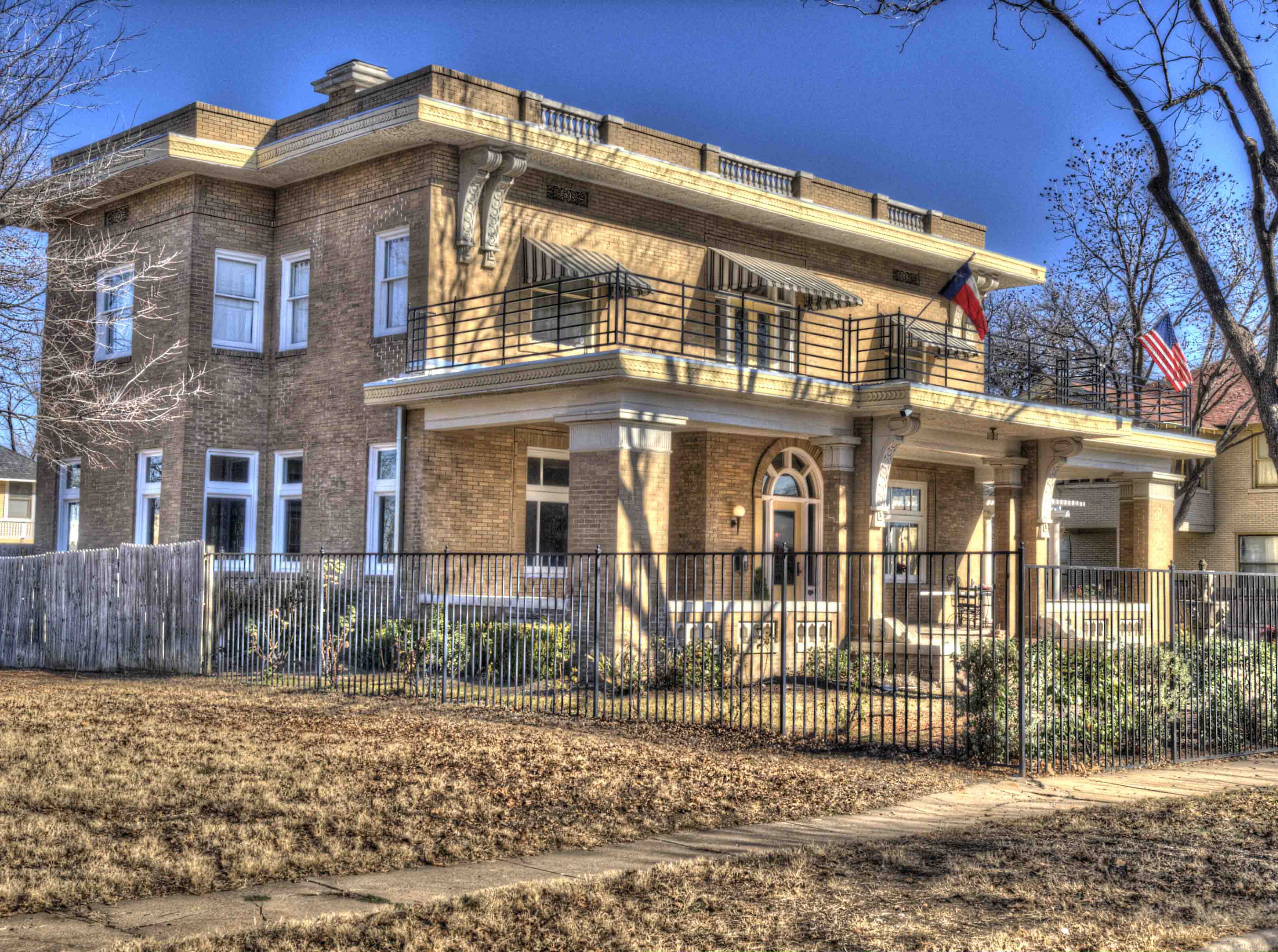
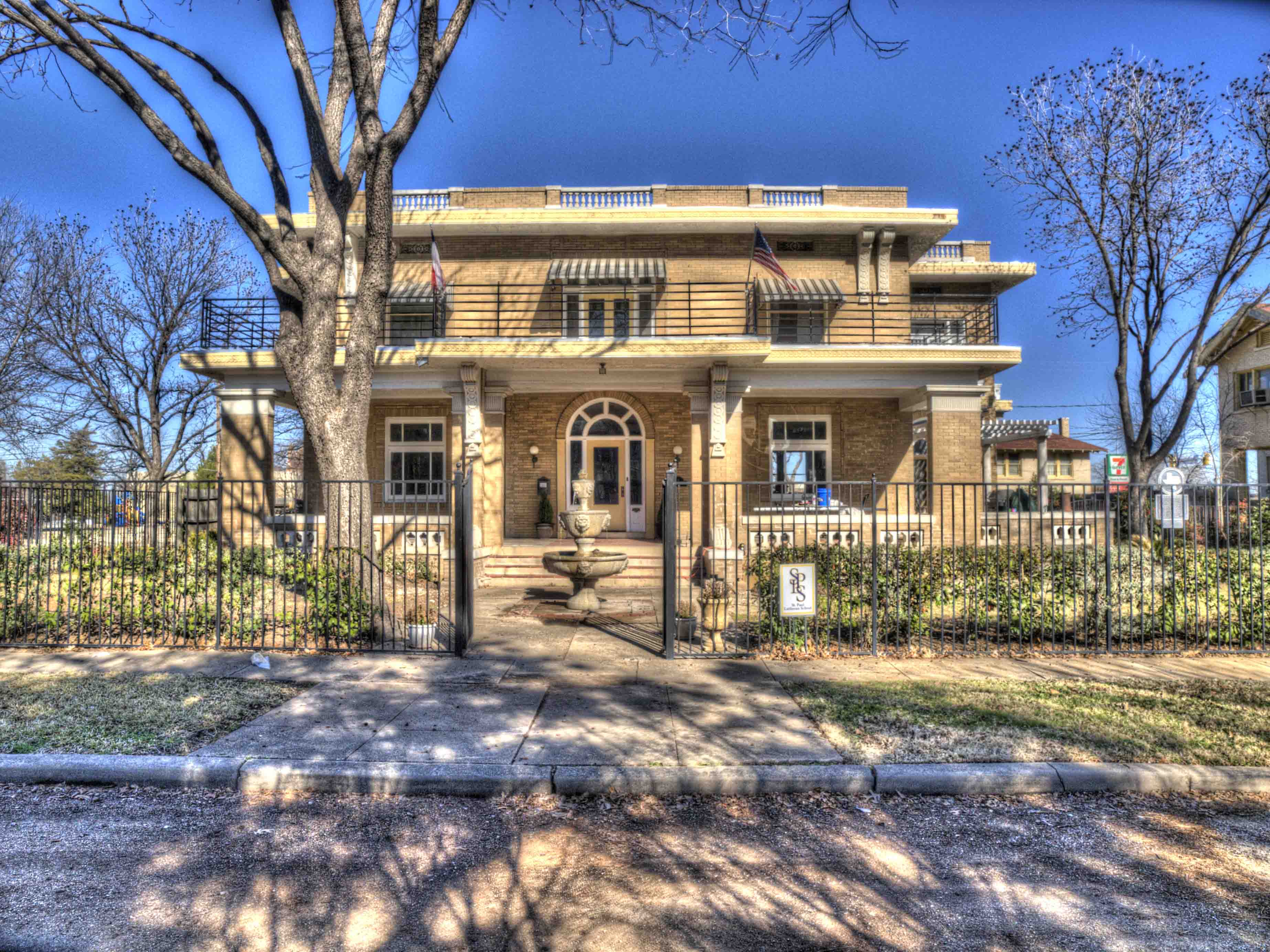
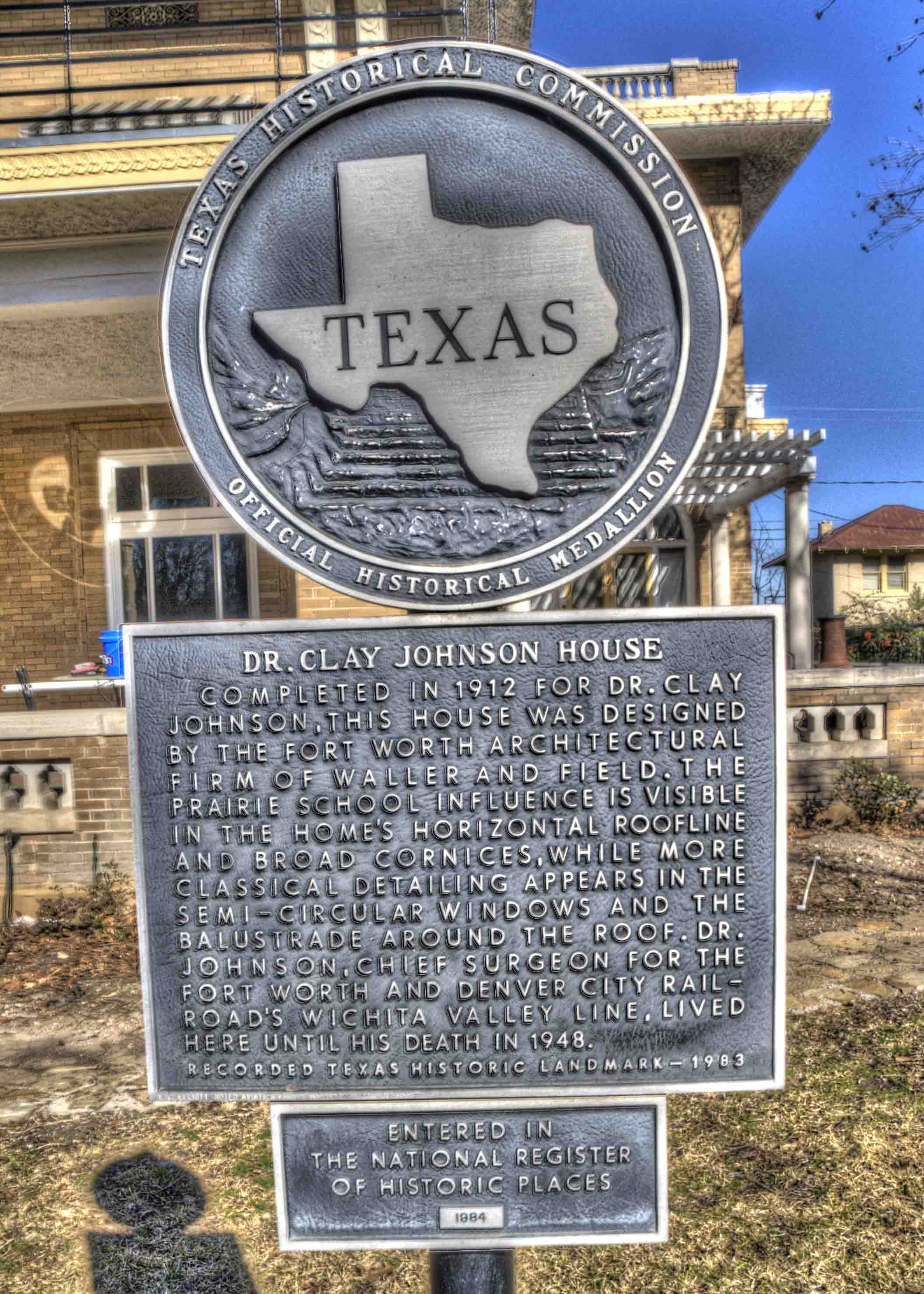
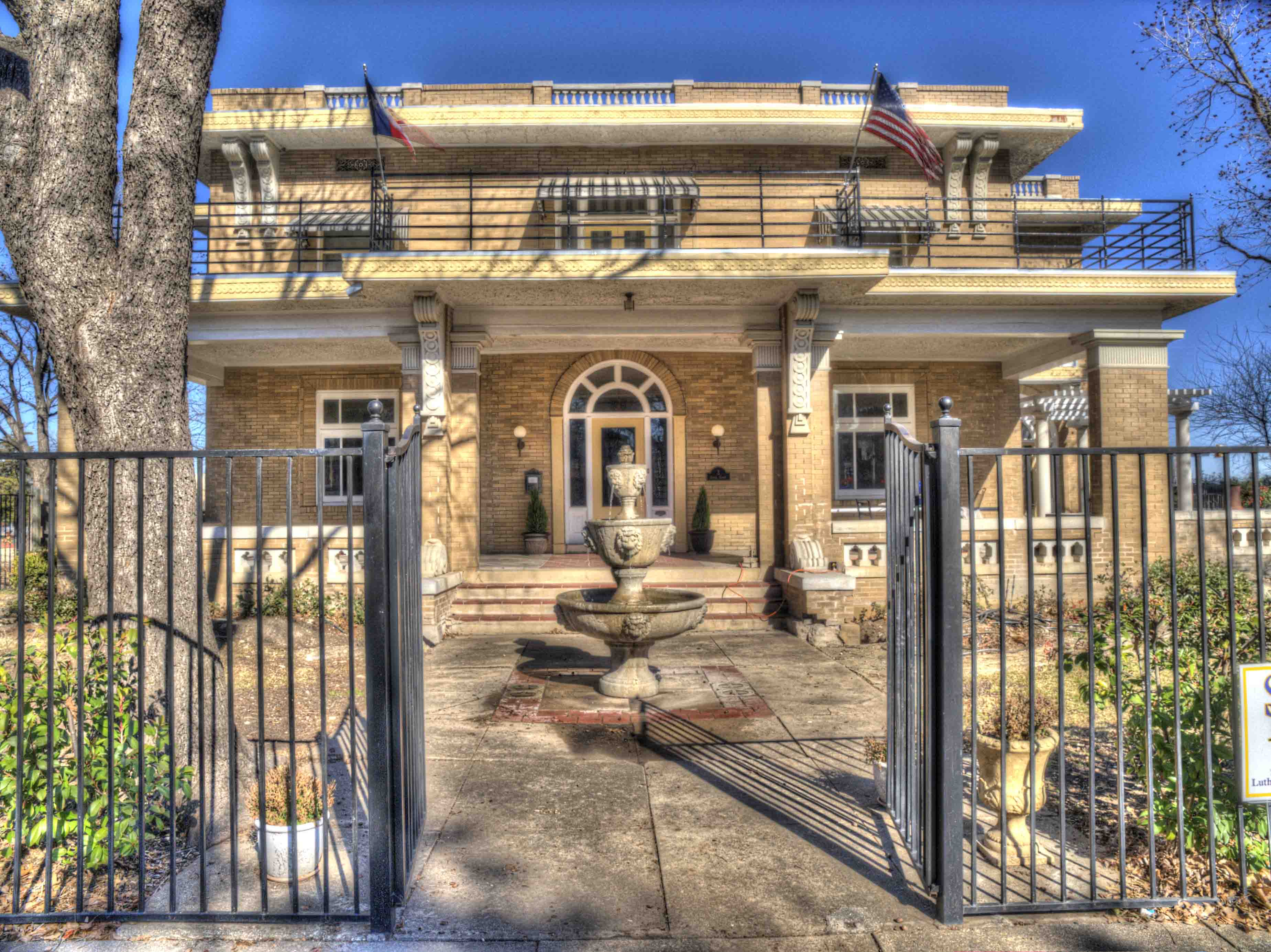
Summit and Penn Street
(Also known as Quality
Hill)
Quality Hill was the exclusive
neighborhood in Fort Worth where, beginning in the late 1890s, beautiful
Victorian mansions were built and owned by wealthy cattle barons,
bankers, physicians, publishers, and businessmen. The mansions were
situated along the top of a hill overlooking the Trinity River.
There are only two still standing and in use today.
1599 West Jarvis
(letter & storage index: Box 1
#114)
Lyman D. Cobb
This house is mentioned in a 1916
letter to a
potential client and is described as a house he had
designed. The historic marker on the house says
it was completed in 1904, which would be before
my grandfather even enrolled in architectural school. The house is referred
to as a Waller and Field project.
It is a Prairie School design structure, a style used both by Field and by
my grandfather. Other sources have said that there is no further information
available on the exact architect. This could have been a remodel
project but the letter refers to it as a house project. This project
will apparently remain clouded in mystery but since my grandfather actually
names the project in the letter and it is still in use today, I have listed
it here.
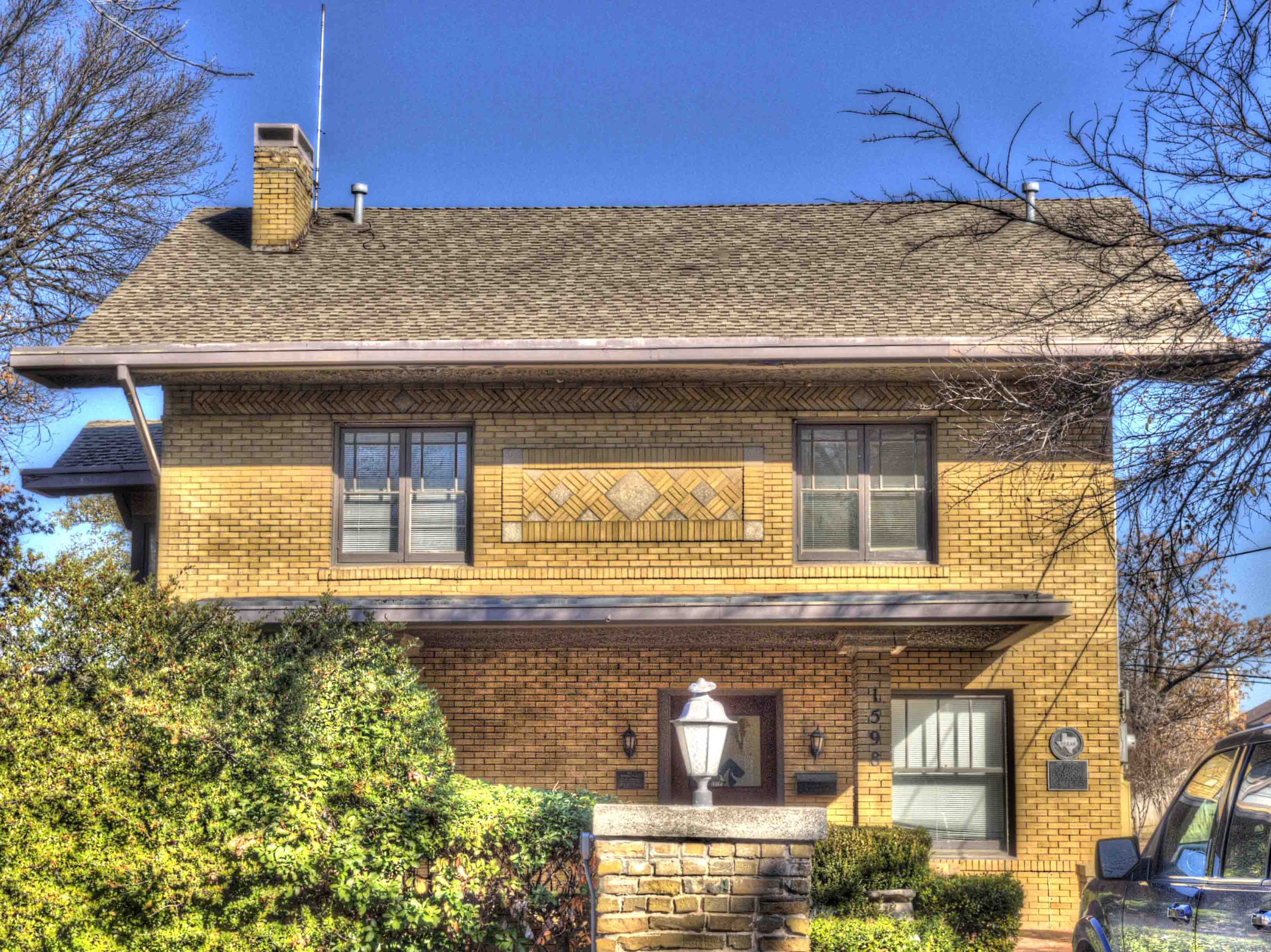
1209 Summit
(Box 2 #197)
The James Harrison Home
This house was designed and built in 1916.
It was demolished in the late 1990's to make way
for commercial expansion from downtown
Fort Worth.
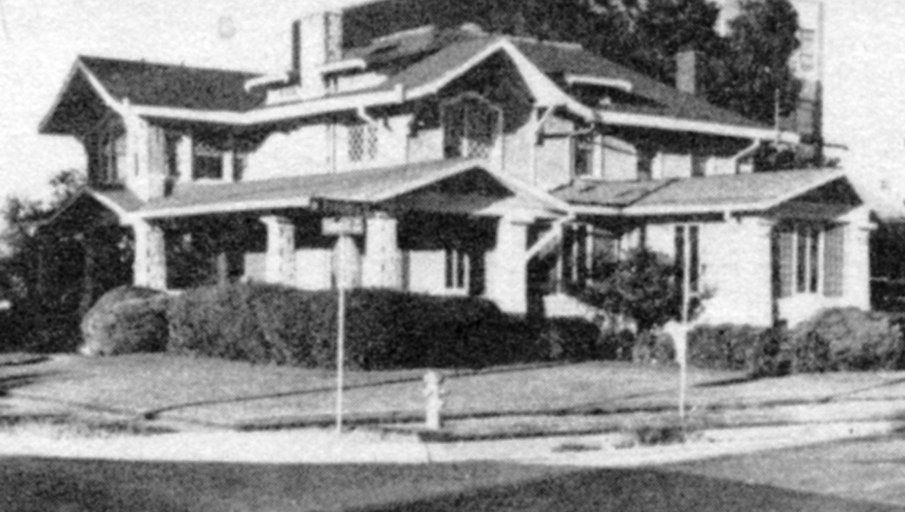
Houses listed in my
grandfather's letters that no longer exist
on Quality Hill
820 Penn Street (box 1 #142)
Leroy Smith
This house was torn down to make way
for business expansion in the area. No photo has been located at this
time.
No photos are available at this time.
1306 Summit Avenue (1916)
(letter)
Frank M. Weaver
This house was torn down to make way
for business expansion in the area. No photo has been located at this
time.
No photo is available at this time
1312 (W.?) Presidio
George Thompson
This house was torn down to make way
for business expansion in the area. No photo has been located at this
time.
No photo is available at this time
Liberator
Village, Fort Worth
designed when
associated with the firm of
Clarkson, Pelich,
Gerens, and Rady
Work done for the
U. S. Engineers
The
Liberator Village
was the government housing area for employees of the
Consolidated Aircraft Corporation aircraft manufacturing plant.
Liberator village was constructed after April of 1942 to house
workers who were having a hard time finding housing. These
workers built the B-24 and B-32 bombers during the war, and
later built the B-36, and B-58 bombers. Consolidated
Aircraft Corp later became General Dynamics, and eventually
Lockheed Aircraft. Liberator. Liberator Village was
officially closed in 1955.
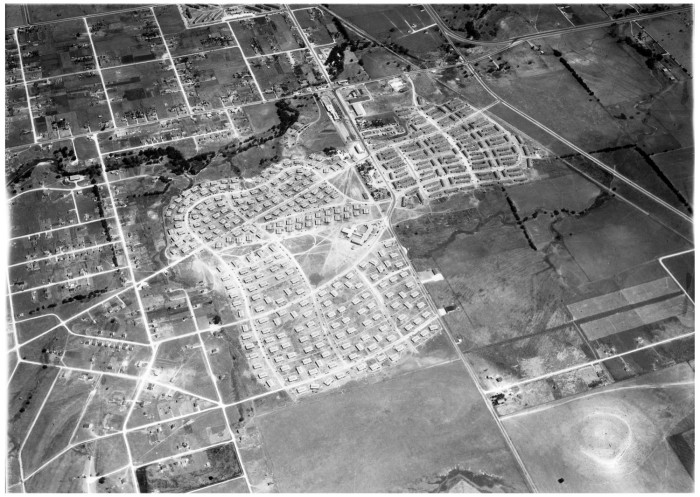
Berkeley Place
2216 Hunington Lane
During the Fall of 2018, I was told about a house in Fort Worth that was designed by my grandfather that I did not know about. The present owner is an architect and was on a tour of several of my grandfather's projects. We met at the final destination house on the tour. I finally had time today while in Fort Worth to find the house and photograph it. I find many of my grandfather's houses by comparing the names on the jobs with the names in phone books from the year following their design and construction. This house is about about a block east of Forest Park Blvd. The houses in this addition are large two-story houses, many of which appear to be built in the same time frame as the Elizabeth Blvd houses and Ryan Place houses. There may be more houses in this area designed by my grandfather but unless owners have plans with his name on them and contact me, I will probably never know about them.
Mistletoe Heights
1412 Mistletoe Drive
This house was built around 1925 for James Harrison. It took me several years before I was able to locate any information on it. It has the same English Tudor design characteristics used by Clarkson for several houses, including his own house on Ryan Drive. The house was purchased in the 1950's and the purchaser had the house torn down and another house built. The photo was obtained through a reader of my Facebook web site about Clarkson.
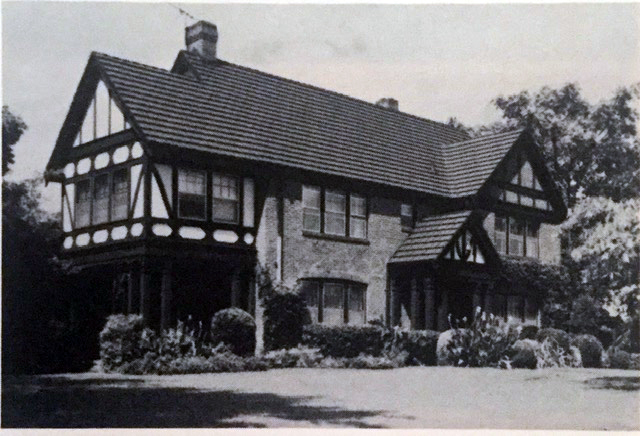
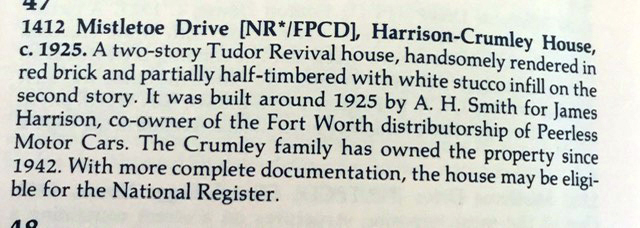
1138 Clara Street
(Box 1 #270)
Ellis H. Boyd, President of Fort
Worth Rotary 1924-1925
TAD: 1921.
This house was located through a search on the
Boyd name as listed in a storage inventory of Clarkson's projects.
Boyd and Clarkson were both members of the
downtown Fort Worth Rotary. This house was listed on a web site called
The Prairie
Shool Traveler, which is a style of architecture that was popular in the
early 1900's. Their web site lists the architect as unknown. The TAD
date is probably off by a year as the design work was
probably done in 1919.
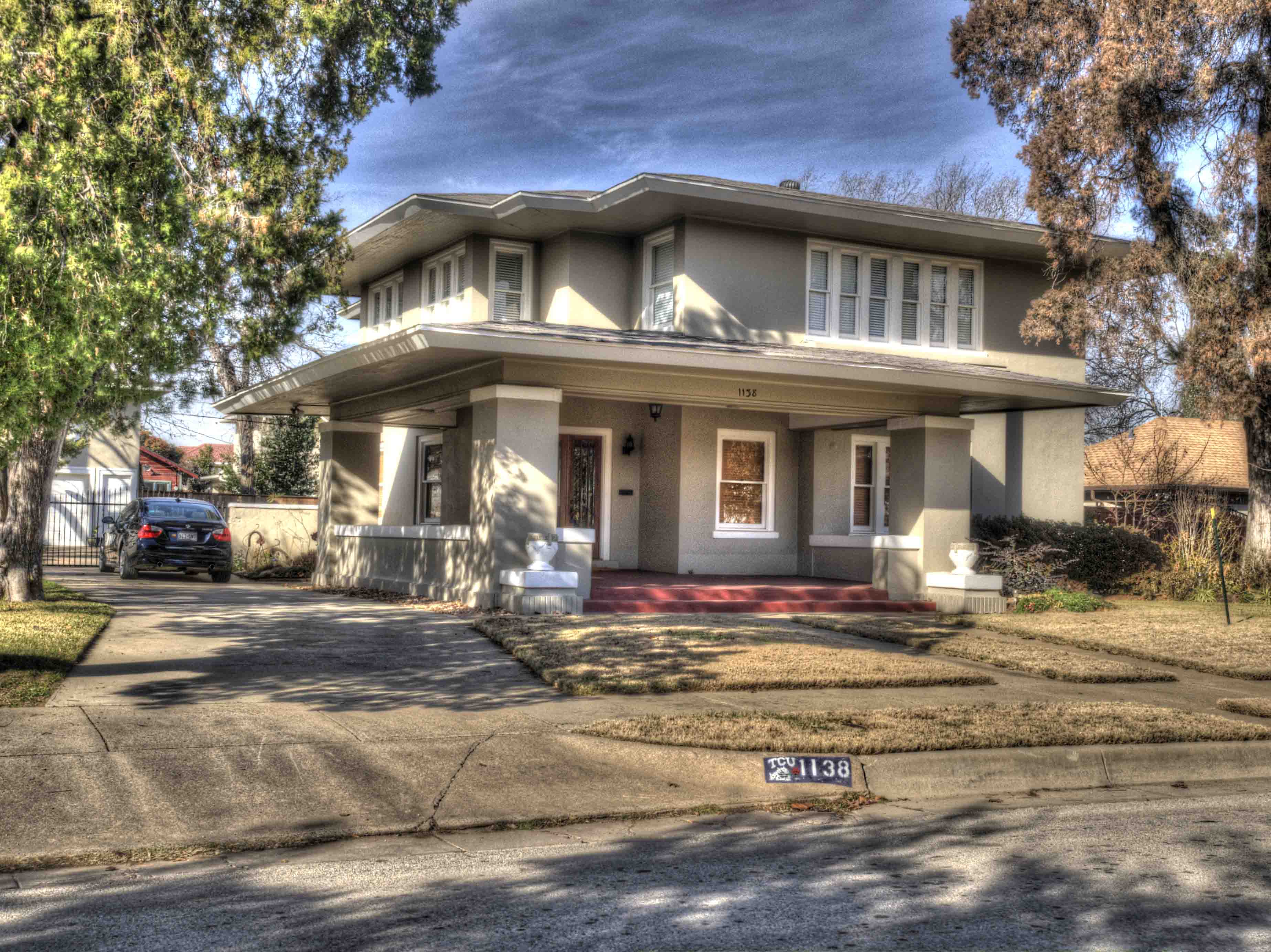
2232 W. Magnolia Ave.
(Box 2 #145)
Newton J. Matthews,
(Clyde) salesman, Washer Brothers
TAD:
1920. This date is probably close based on
my grandfather's job numbering. This house was located
with the help of a friend working for a historical group
who had access to a 1927 phone book. This may or
may not be one of his houses, however,
Newton Matthews lived in the house when the phone book
was published.
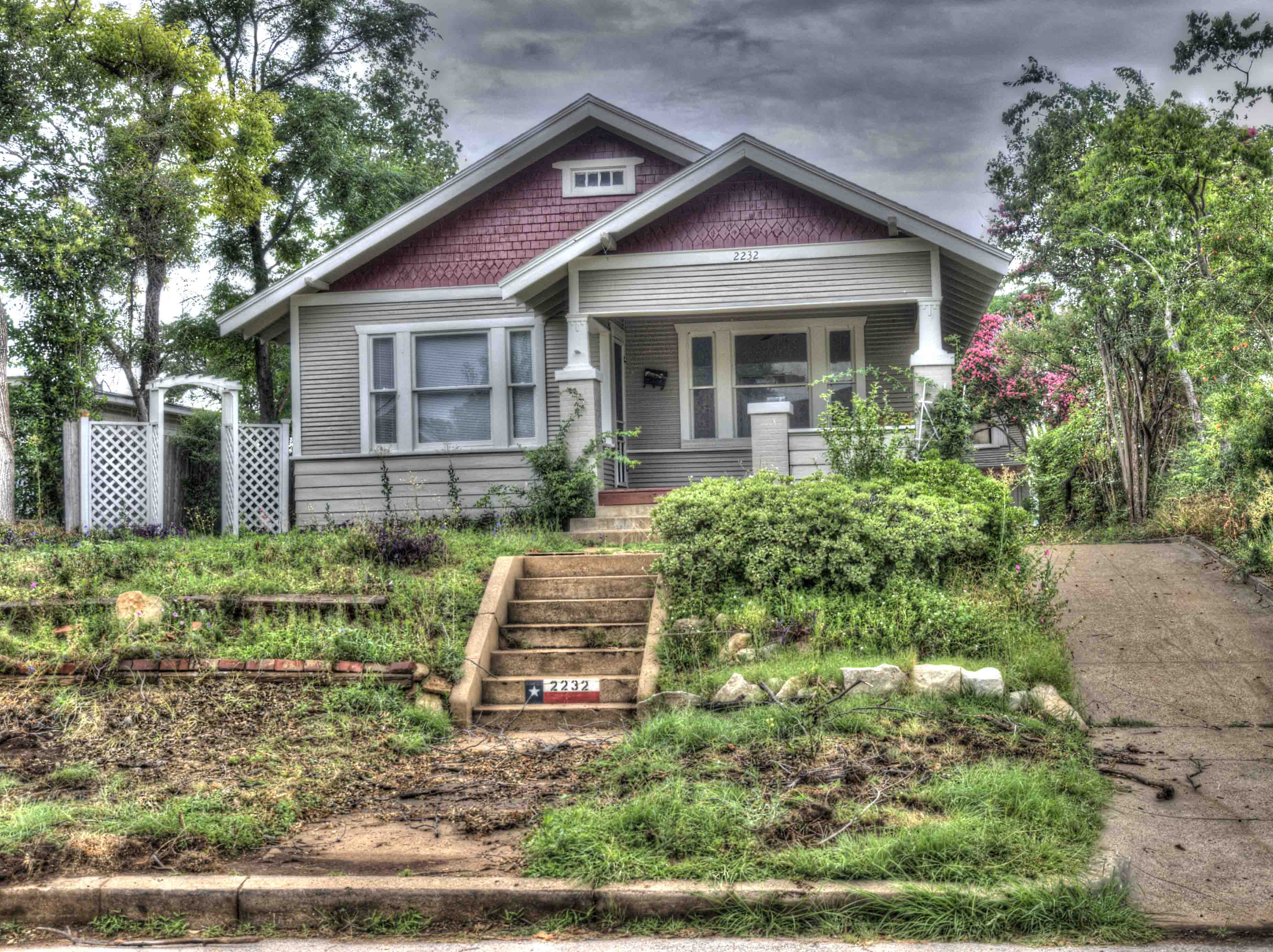
1920 Dartmoor Court
(Box 2 Job 221)
J. Walter. Poindexter,
President of Poindexter Furniture and Carpet Company.
TAD:
1923. This date is very close to the Job Index dating
for Box 2 jobs. Poindexter also had Clarkson
design a store and factory for him. That job number
was Drawer 2 Job 254. I located this house with the
help of a friend working for a historical group who had
access to a 1927 phone book. This may or may not be
one of Clarkson's houses, however, Newton Matthews
lived in the house when the phone book was published.
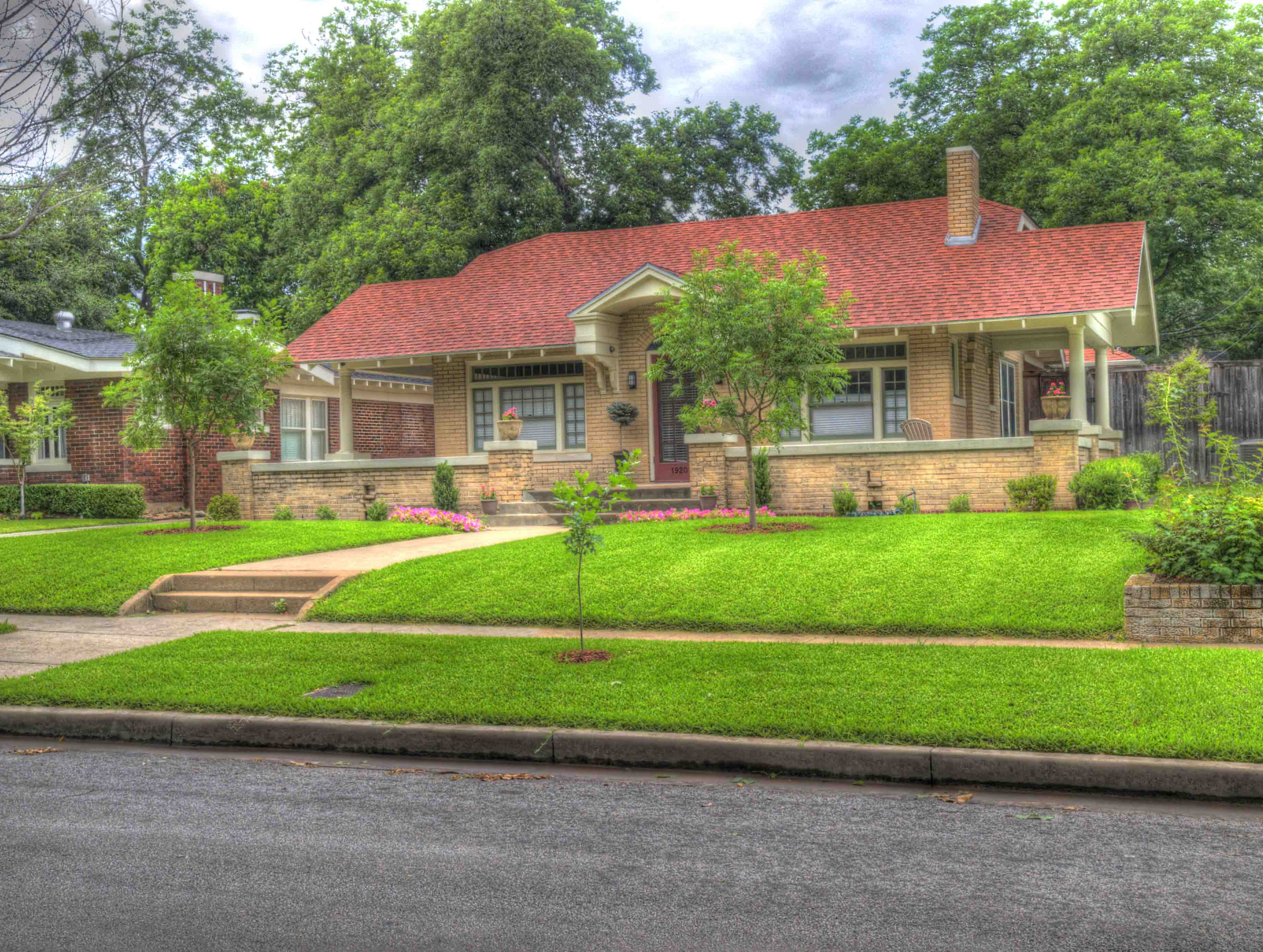
University Place Addition
2434 Rogers Ave.
(Box1 Jobs 422/434)
Designed for W. Sidney
Poston, Rancher
TAD: 1927. It is
located just a few blocks from the TCU campus. This house was actually located by Mike Nichols, who is
a retired Star Telegram writer, and published a web
site called
Hometown
By Handlebar. Mike has helped several Clarkson
projects that are not listed in present surviving
records. Clarkson did work for several of the Poston
family members.
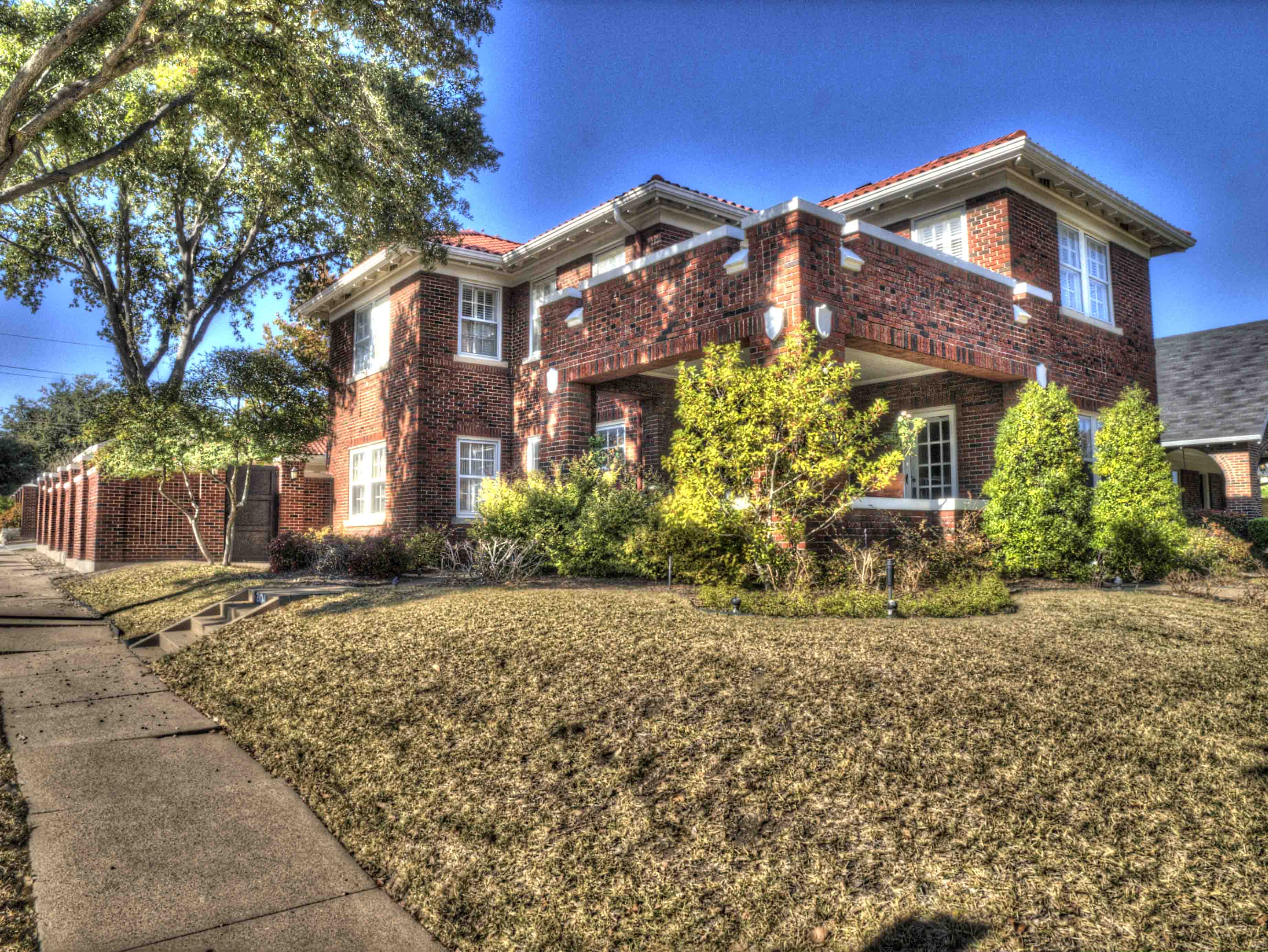
2429 Wabash Ave
Marcus H. Moore (Box 1
#421)
This house was probably
built circa 1928. This house was located by Fort Worth historical
group in a 1927 phone book.
This may or may not be one of Clarkson's houses. However, Marcus
H. Moore lived in the house when the phone book was published.
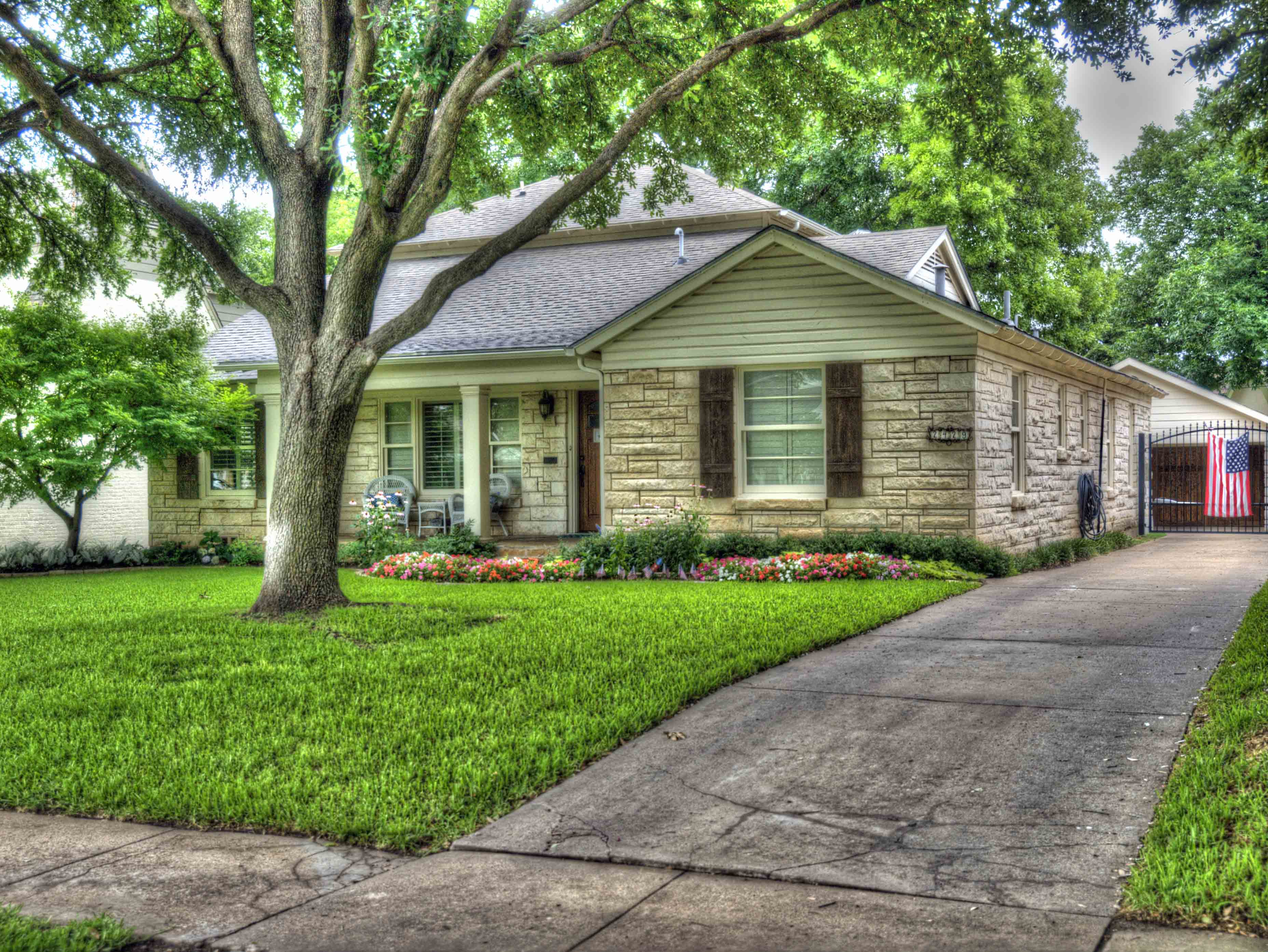
Fairmount
2010 Hurley St.
James Harrison (box 2 #197)
TAD: 1921. This house is actually one block into the Fairmont
addition from the Ryan Addition. Ryan Street turns into Hurley St
and this house was almost at the end of the first block of Hurley.
This house was located with the help of a friend working for a
historical group who had access to a 1925 phone book.
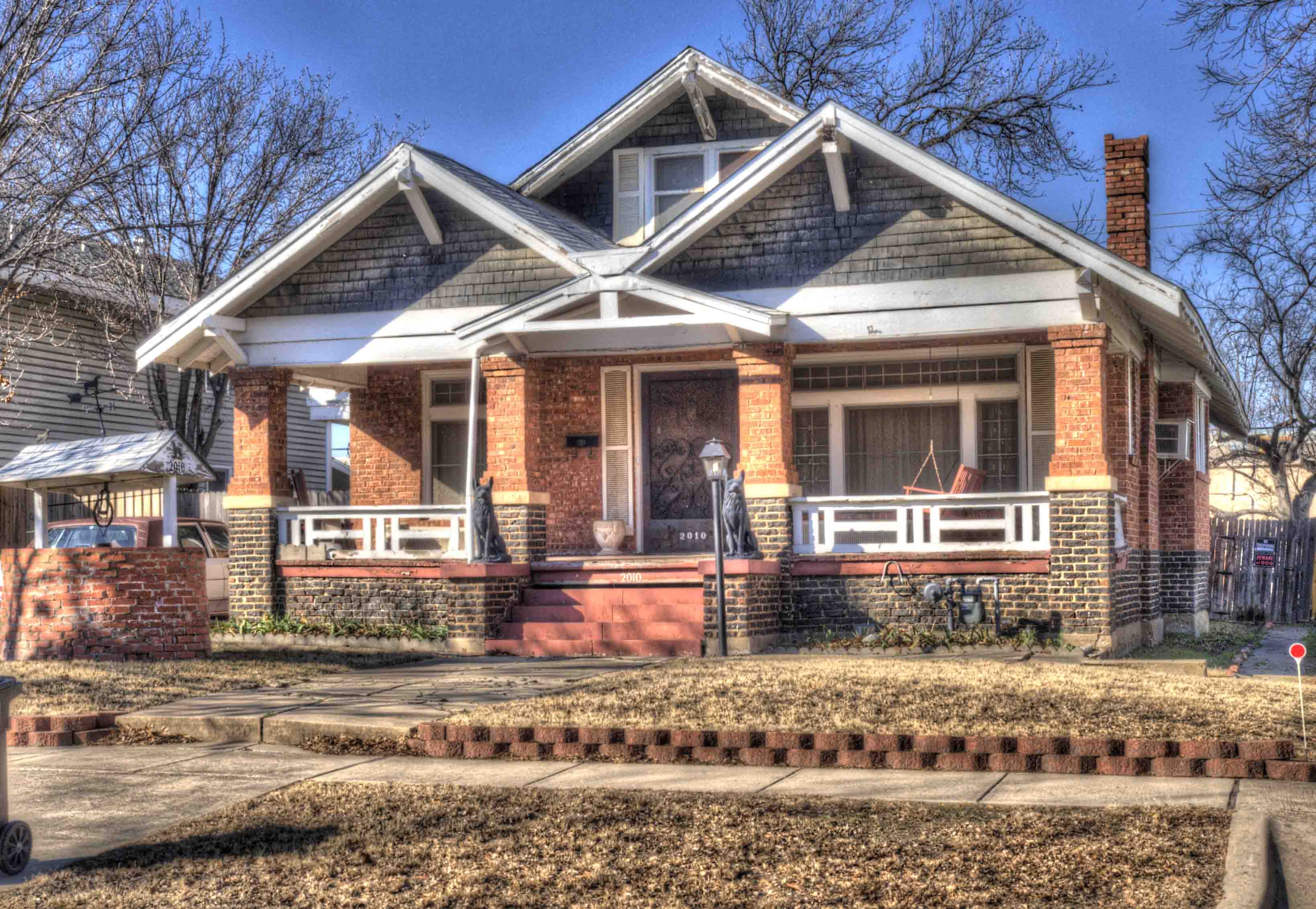
2021 Huntington
(Box 1 #144)
John Thompson,
oil operator, 414 (A)
Cotton Exchange Building
TAD: 1925. The
job number assigned to this house points to a design date circa
1917. It was located using a 1927 phone book with John Thompson
shwon as the occupant of the house in .
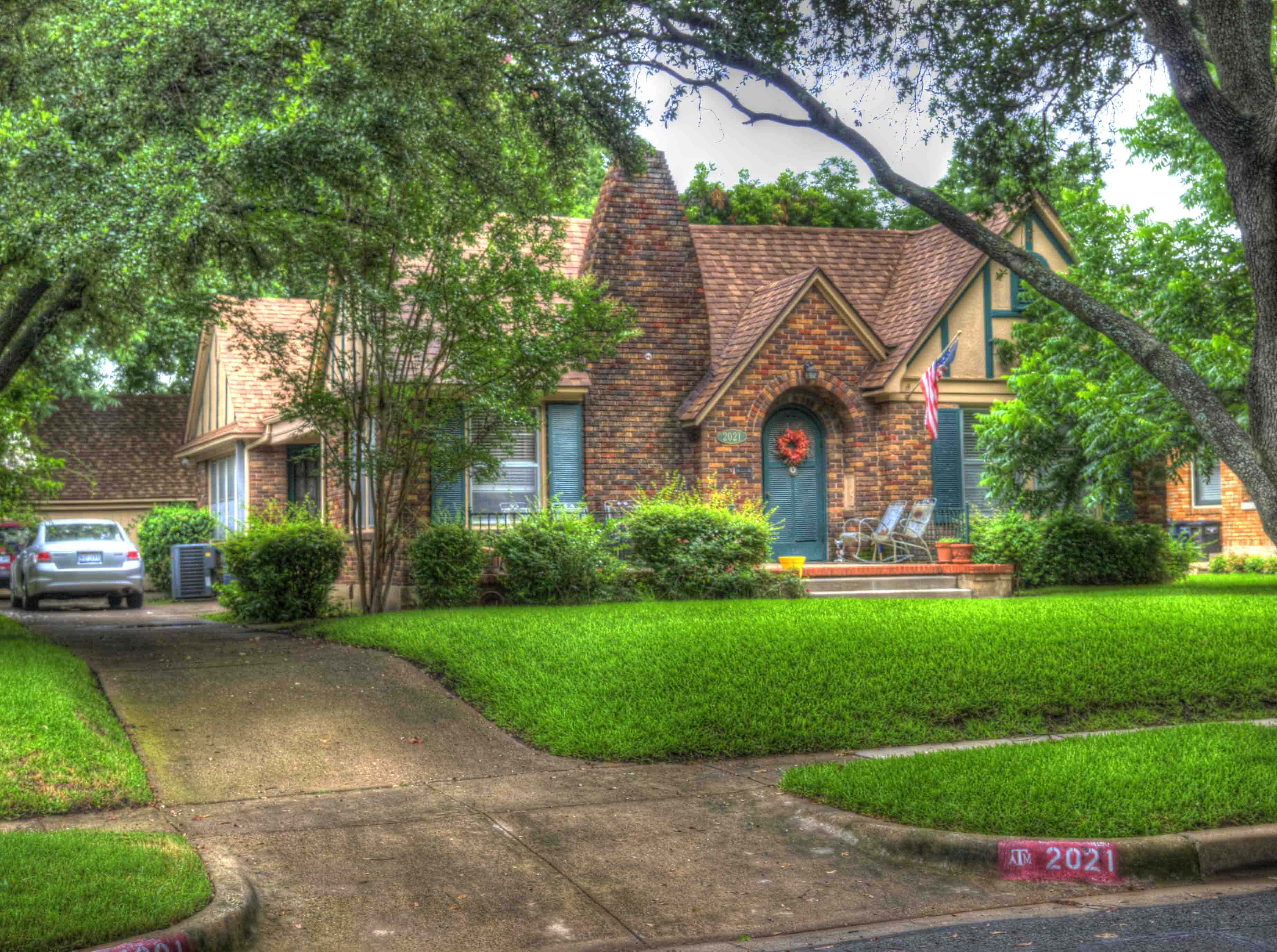
1514 6th Ave
Miss Anna Shelton (Box
1 Job 413)
TAD: 1919. I am
showing this house but I am not at all sure it is one Clarkson's designs. Future research may require me to
remove this or it may prove it is one of my grandfather's designs.
The TAD date of 1919 does not agree with the possible job date based
on my grandfather's records. However, synced job numbers do
occur occasionally. This job number would indicate a design
date circa 1927, which could be a remodel job. Miss Shelton was living in the house
in 1927 according to the 1927 Fort Worth phone book which would have
been based on 1926 information. Miss Shelton previously lived
at 1414 Pruitt Street according to the 1923 Fort Worth Woman's Club
Yearbook.
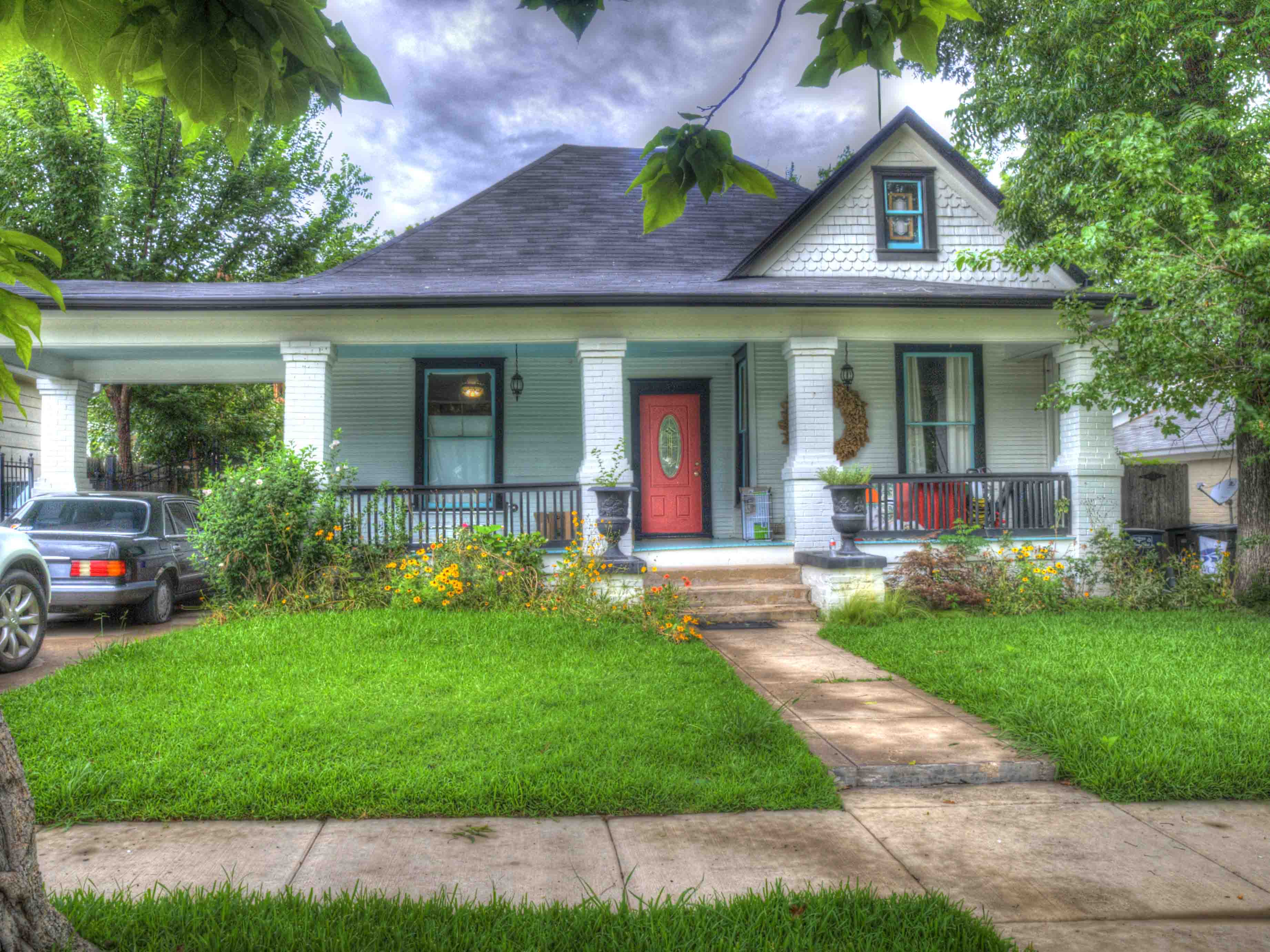
Forest Park Place
Subdivision
2201 Weatherbee St.
(Box 2 #236)
W. Stevenson Cooke,
Cooke-Boyd
Motor Co, Vice President Fort Worth Chamber of Commerce
TAD dates this house
to 1924, which is probably close to Clarkson's numbering.
My grandfather also designed the Cooke-Boyd Motor Company Garage
Building (Shelf 4 Jobs 206, 487, 498)
This house was located with the help of
a friend working for a historical group who had access to a 1927
phone book.
